One of the most notorious unsolved crime sprees in history goes to Jack the Ripper. The identity of the killer who terrified East London in 1888 remains a mystery to this day. The killer used to mutilate his victim’s body in such an unusual manner, indicating that he had a substantial knowledge of human anatomy. Many have speculated on who exactly the killer of five women in the Whitechapel area of East London was, but none has been able to solve this mystery and probably never will. However, many new convincing theories have been put forth for this infamous case since the late 19th century, even today. Though in the end, the lineal question that still remains is: Who was Jack the Ripper?
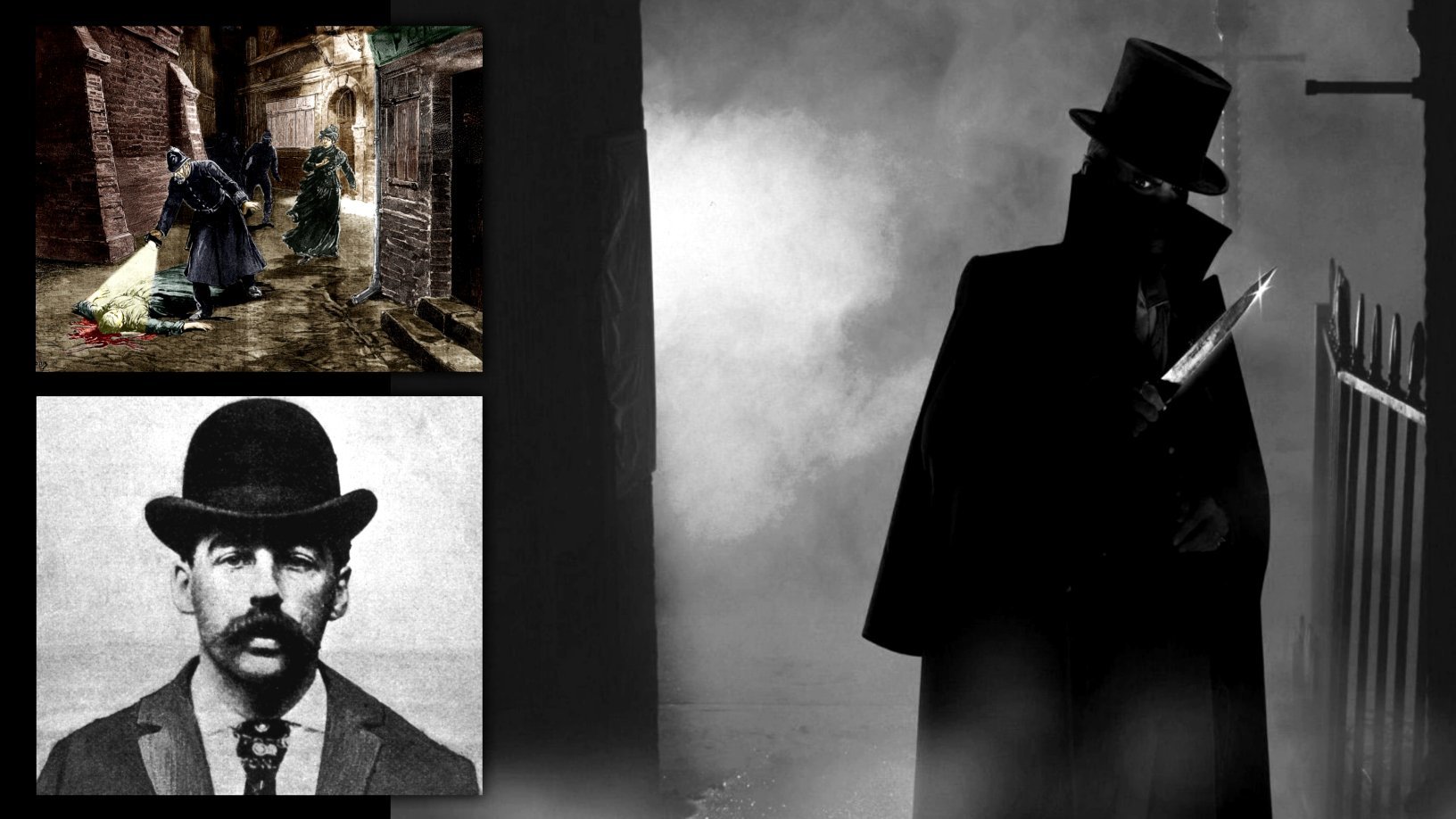
The “Jack the Ripper” murders case
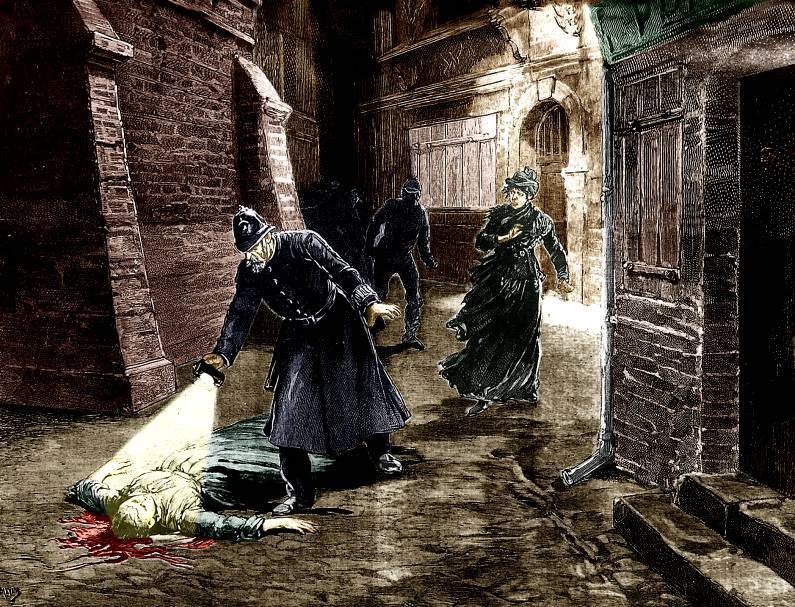
The Ripper murders occurred in London, in 1988, primarily in the poor community of Whitechapel ― one of the murders crossed the boundary into the City, the business district of London. The Ripper victims were:
- Mary Ann “Polly” Nichols, Murdered on 31st Aug. 1888
- Annie Chapman, Murdered on 8th Sept. 1888
- Elizabeth Stride, Murdered on 30th Sept. 1888
- Catherine Eddowes, Murdered on 30th Sept. 1888
- Mary Jane Kelly, Murdered on 9th Nov. 1888
Most of the victims were prostitutes whose throats had been cut. But unlike the other victims, Mary Jane Kelly was killed indoors, safely away from any prying eyes, and thus, the mutilations to her body were considerably more severe than the others’. The single victim who escaped mutilation was Elizabeth Stride, and most critics believe that, in this case, the murderer was interrupted in the midst of the crime.
The murders all happened at night on densely populated streets, and, while four of them took place out in the open, no witnesses saw the perpetrator well enough to identify him or offer a detailed description. There was no clear motive for the crimes, and the murderer was never brought to justice. Many writers discussing the crime in the nineteenth century and today have claimed that the murderer was sexually deviant, particularly since all the murders were enacted on prostitutes and much of the physical mutilation focused on the abdomen.
The murder and mutilation of prostitutes cut almost straight to the heart of Victorian morbidity, causing a wave of panic in London. This was exacerbated by a series of taunting letters to the Central News Agency and the Whitechapel Vigilance Committee between the “Double Event” on 30th September and Mary Kelly’s death on 9th November 1988.
One of these letters, known as “From Hell,” purported to include half of Catherine Eddowes’ missing kidney ― “Tother half I fried and ate it was very nise.” All except this one are now usually considered to be hoaxes perpetrated by the reporters themselves, including the one in which the Ripper received his famous name. At that time, over 1000 letters had been investigated by police, and the most infamous of them are: Dear Boss Letter, Saucy Jack Postcard, From Hell Letter and Openshaw Letter.
Besides these communications, the only clue the killer left behind was found on the night of the ‘Double Event’, consisting of some bloody pieces of Eddowes’ apron found in an alleyway. It is theorized that they were thrown there after the murderer used them to wipe his hands. A chalk inscription above the apron pieces, “The Juwes [presumably, Jews] are the men who will not be blamed for nothing”, was also assumed to have been written by the killer for reasons unknown.
However the inscription was cleaned away before it could be properly recorded, due to fears that it would incite the populace, and given the general anti-Semitism of the times, it cannot be definitively established whether the phrase refers specifically to the Ripper murders.
Things became even more complicated when the killings (probably) stopped after Mary Kelly’s death, and the case went more or less cold. Although as noted a few similar murders briefly revived fears for some years thereafter, it was and is widely believed that the killer’s growing psychosis reached full expression with the Kelly murder, after which he either committed suicide, died naturally or was committed for other reasons.
Suspects and theories
Various extraordinary claims, ranging from a homeless Jewish butcher to various middle-class medical students to the Heir to the British Empire, have been put forth for the Ripper suspect. The theory that the killer was a woman, a vengeful midwife dressed as a man, has also been bandied about from time to time.
Another popular notion has it that the killer had been infected with syphilis ― a venereal disease that causes progressive brain damage in its last stages ― and was out for revenge. Another theory conveys that the five victims were bound by the knowledge of a highly sensitive secret harboured by one, probably Kelly, and killed by Mysterious Government Agents to keep them from talking.
A wealthy cotton merchant by the name of James Maybrick was also thought by some to have been Jack the Ripper. Maybrick was actually murdered himself by his wife who used arsenic to kill him. In the 1990s a diary published, said to be written by Maybrick, confessed to the Ripper murders, but the author subsequently admitted that he had forged the diary.
Another controversial new theory ― advanced by crime writer Patricia Cornwell ― features the famous British painter Walter Richard Sickert, whose works show a distinct fascination with low Victorian life, as either directly responsible for the killings or aiding in the Royal cover-up. Walter Sickert was a member of the Camden Town Group of Post-Impressionist artists in early 20th-century London. Cornwell’s theory is almost universally mocked by serious Ripperologists as a case of deciding the culprit before examining the evidence.
Was Jack the Ripper an American traveler?
There have been many theories over the last 130 years which have attempted to uncover the secret identity of Jack the Ripper, but one of the most popular suggests that the killer could have been one of the many traveling Americans who came to England during the late 1880s. This theory actually existed at the time of the murders and the following three men are just some of the Americans suspected of being Jack the Ripper:
Richard Mansfield
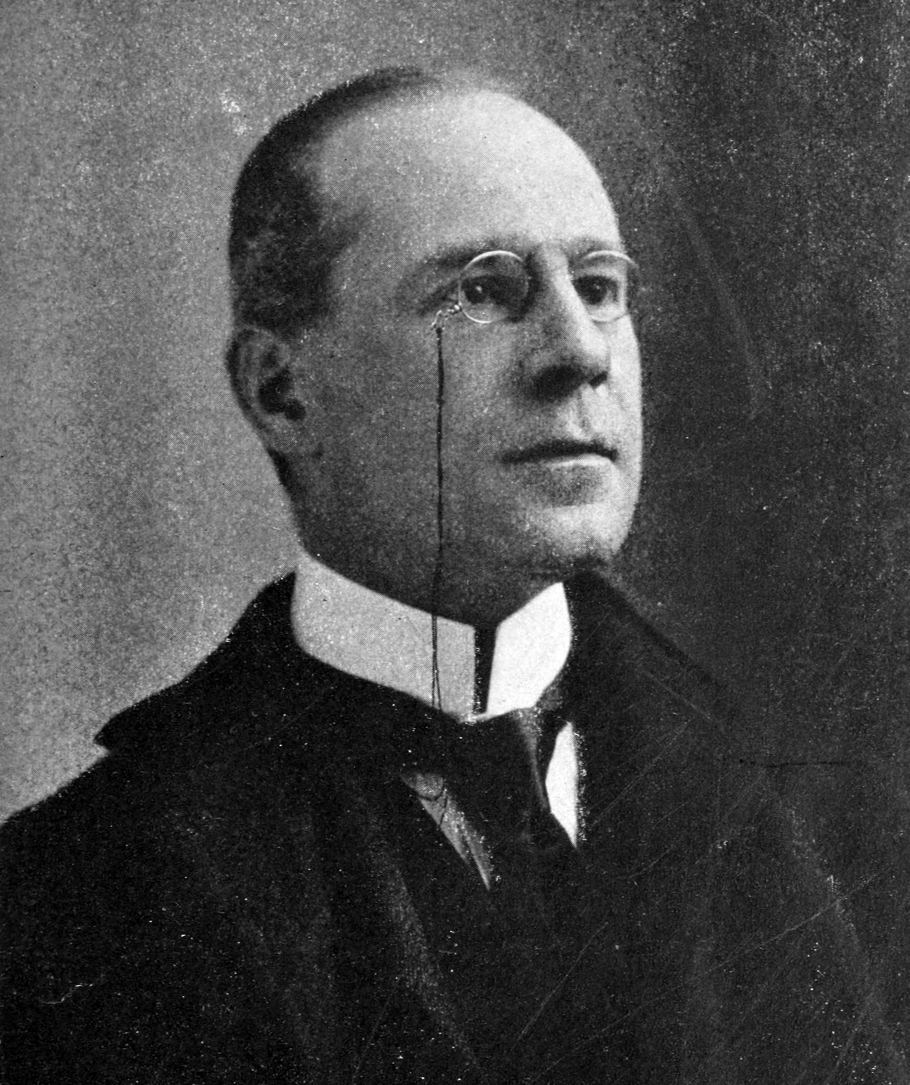
Mansfield was an American actor, born on May 24th, 1857. In 1887, Mansfield embarked on his most famous portrayal of a character by playing the lead role in Dr. Jekyll and Mr. Hyde. In August 1888, Mansfield brought his new play to London and set up in the famous Lyceum Theatre in the West End. His performance was a hit and it was stated that his transformation into the monster Mr. Hyde was so convincing that women in the audience fainted and grown men were scared to go home alone.
By a strange coincidence, the opening of the play coincided with the start of the Jack the Ripper murders. A couple of days after the first show, on 7th August 1988, the body of Martha Tabram was discovered in George Yard buildings, Whitechapel. Martha may have been the first victim of the still-unidentified Whitechapel Ripper. Although not one of the canonical five Ripper victims, she is considered the next most likely candidate.
As the investigation unfolded, the police and the public came to the conclusion that the killer must a man who appeared perfectly normal during the day but “mentally” turned into a monster at night. The fact that the Ripper was also removing body parts from his victims suggested the work of a doctor. Obvious similarities were found between Dr. Jekyll and Mr. Hyde and the elusive Jack the Ripper, and it wasn’t long before a finger of suspicion was pointed at the one man who fitted this character perfectly ― Richard Mansfield. However, it was never proved that he was the real killer.
Doctor Francis J. Tumblety
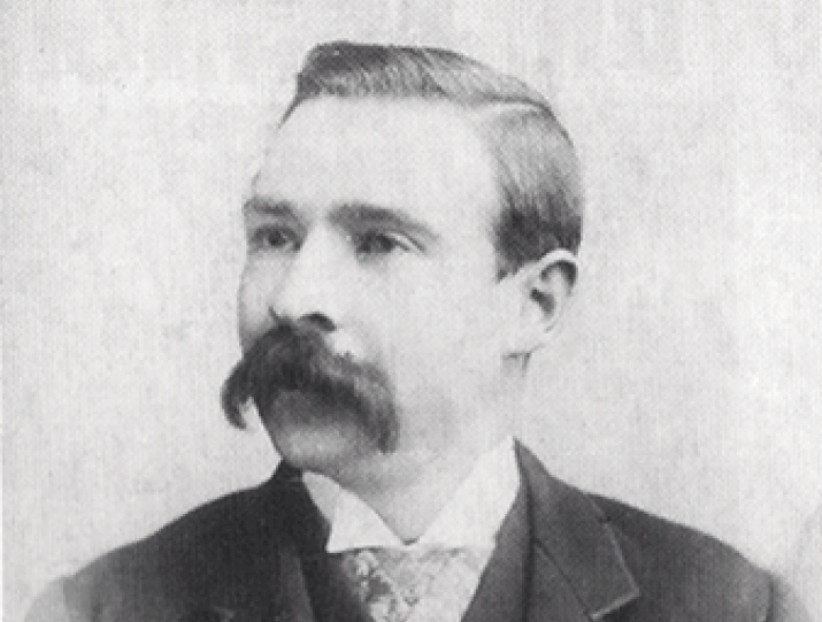
Another infamous American suspect was Doctor Francis J. Tumblety. He was a quack doctor from New York who made his money selling dodgy Indian herbal remedies and tonics. He was a habitual liar with an obsessive sense of self-importance. It was reported that he had a deep hatred of women, especially prostitutes, and his movements could never be ascertained.
His arrival into London from the States heralded the start of the Whitechapel murders and he was arrested for acts of gross indecency and was almost certainly a suspect during the Ripper murders. Shortly after Jack the Ripper’s final murder, in November 1888, Tumblety fled the country and moved back to America. And no one could trace him again.
H.H. Holmes
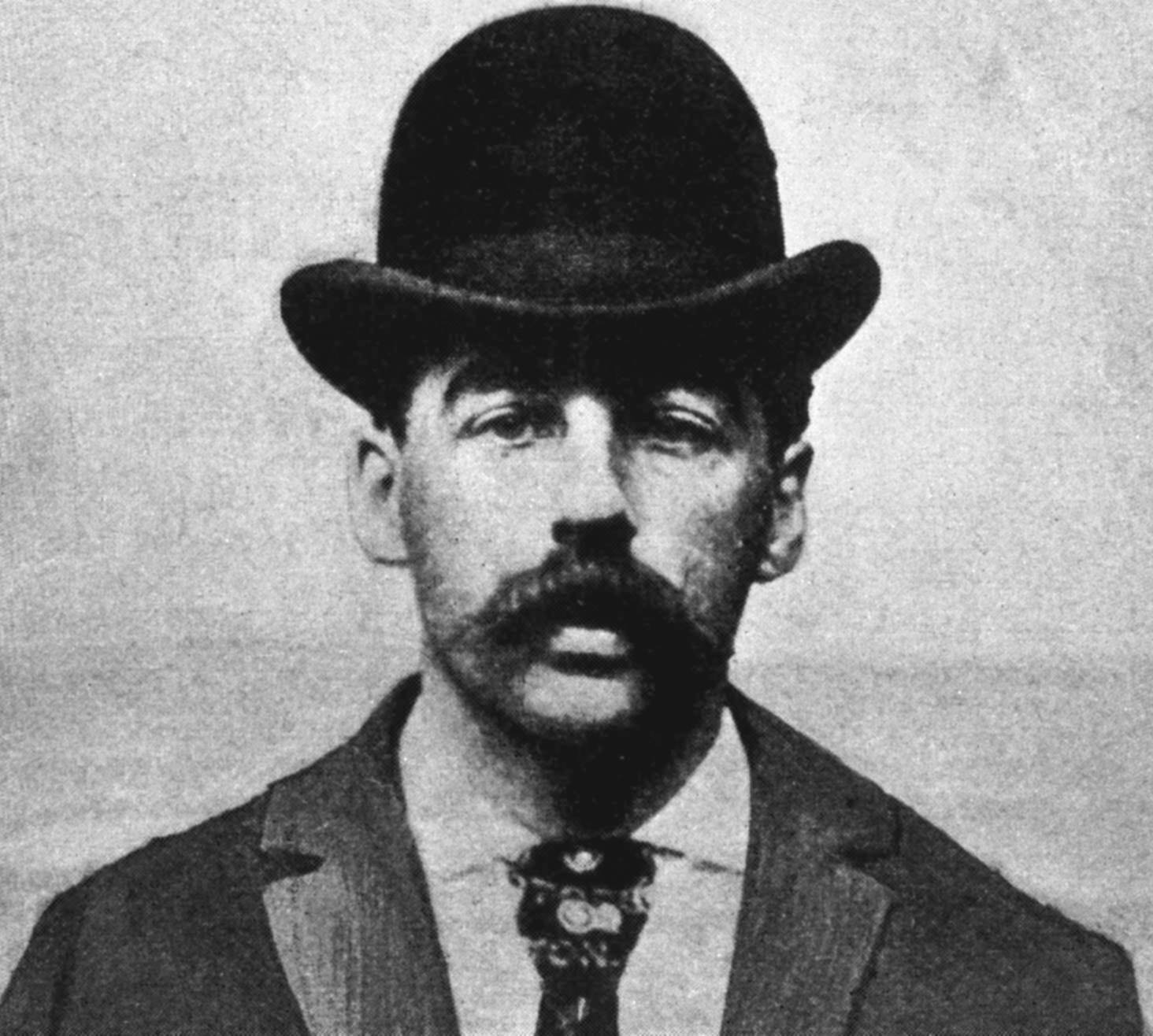
In recent years, an American serial killer called H.H. Holmes has been put in the frame as a likely candidate to be Jack the Ripper. Dr. Henry Howard Holmes is regarded as America’s first-ever serial killer after he confessed to murdering over 27 people in his infamous Illinois “hotel” in the late 19th century. Holmes’ technique was to turn his hotel into a “murder castle” which was full of booby traps and torture devices where he would skin and dissect his victims.
Although Holmes and Jack the Ripper appear to be very different kinds of killers, both were cold and calculating, almost methodical in their approach. There is also a similarity in the victims. The final Jack the Ripper victim, Mary Jane Kelly, was murdered and mutilated not in the street, but in her own home. This does show a very clear escalation in the Ripper’s motive. He had turned from a street killer into a man who took his victims behind closed doors.
If H.H. Holmes was the Ripper, the murder of Mary Kelly may have inspired him to take the next step and create his murder castle in Chicago where he could continue his gruesome work uninterrupted. In 2018, the great-grandson of Holmes uncovered circumstantial evidence which could link his relative to the Jack the Ripper letters and it’s possible that Holmes may have been in London at the right time to be the Whitechapel Ripper. If this is true, then it puts Holmes in a likely position to be Jack the Ripper.
Was Jack The Ripper a slaughterman?
Hundreds of theories exist concerning the identity of “Jack the Ripper”. His propensity for anatomical dissection with a knife — and in particular the rapid location and removal of specific organs — led some to speculate that he must have been surgically trained. However, a re-examination of a mortuary sketch of one of his victims has revealed several aspects of incisional technique highly irrational with professional surgical training.
Related discrepancies are also apparent in the language used within the only letter from Jack considered to be probably authentic. The techniques he used to dispatch his victims and retrieve their organs were, however, highly consistent with techniques used within the slaughterhouses of the day.
East London in the 1880s had a large number of small-scale slaughterhouses, within which conditions for both animals and workers were exceedingly harsh. Modern sociological research has highlighted the clear links between the infliction of violence on animals and that inflicted on humans, as well as increased risks of violent crimes in communities surrounding slaughterhouses. So the theory can’t be denied at all that “Jack the Ripper” could be a slaughterman. Many believe he was a Jews Slaughterman who resided in the area of the murders.
Was there any connection between the Whitechapel Ripper and the Lambeth Poisoner?
Dr. Thomas Neill Cream, also known as the Lambeth Poisoner, was a Scottish-Canadian serial killer, who poisoned his victims to their deaths. Dr. Cream claimed his first proven victims in the United States and the rest in Great Britain, and possibly others in Canada. During the execution by hanging on November 15th of 1992, his enigmatic last words were “I am Jack the…” Therefore, speculations escalated that Lambeth Poisoner was the real Jack the Ripper. However, official records state he was in prison in Illinois at the time of the Ripper murders.
Jack the Ripper was a Polish barber!
A group of British researchers have suggested that the notorious serial killer Jack the Ripper could be a 23-year-old Polish barber named Aaron Kosminsky who was committed to an asylum at the same time the killings stopped. The researchers used hitech DNA tests to link Polish-born Aaron Kosminsky and a blood-stained shawl of a Ripper victim. They claim it’s a “statistical probability” Kosminsky cold-bloodedly butchered at least five women in the Whitechapel area.
Conclusion
More than 130 years have been passed since the Whitechapel serial killings happened in England in the late 19th century. During this long period, crime investigations have evolved from ‘handwritings’ to ‘footprints’ to ‘fingerprints’ to ‘DNA tests’, and have reached to its height, however, so many speculations and theories about Jack the Ripper have pushed this case into an endless pit. Perhaps, the case will never get its ground and the identity of Jack the Ripper will remain an unsolved mystery forever.




